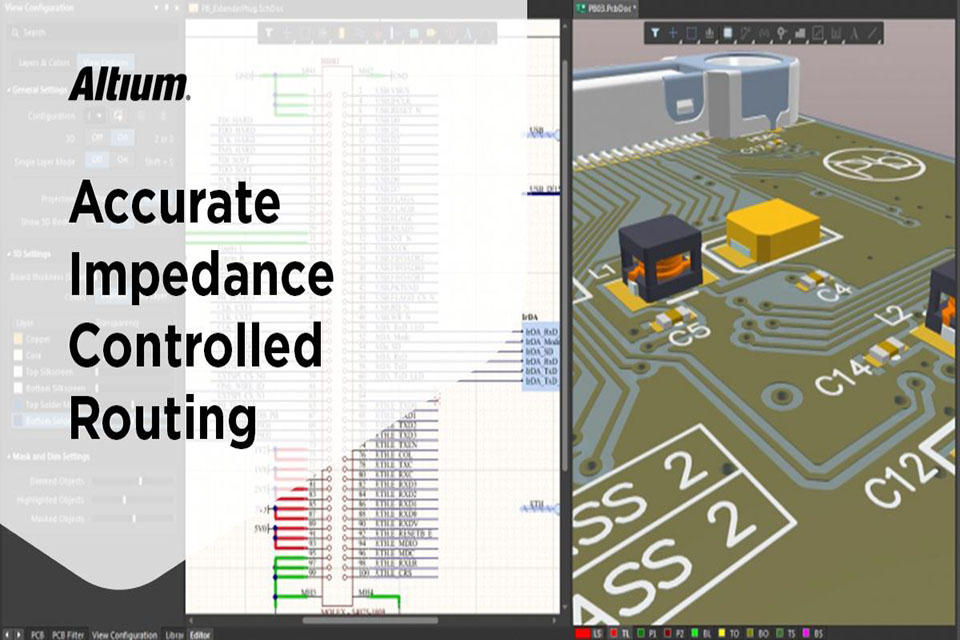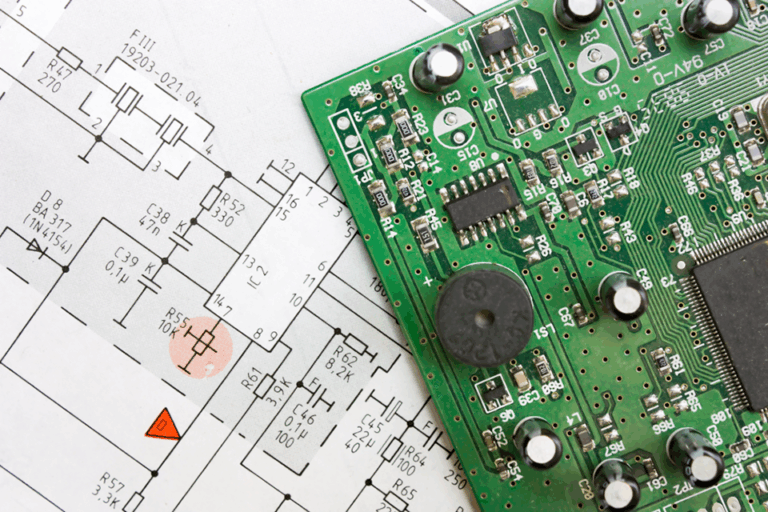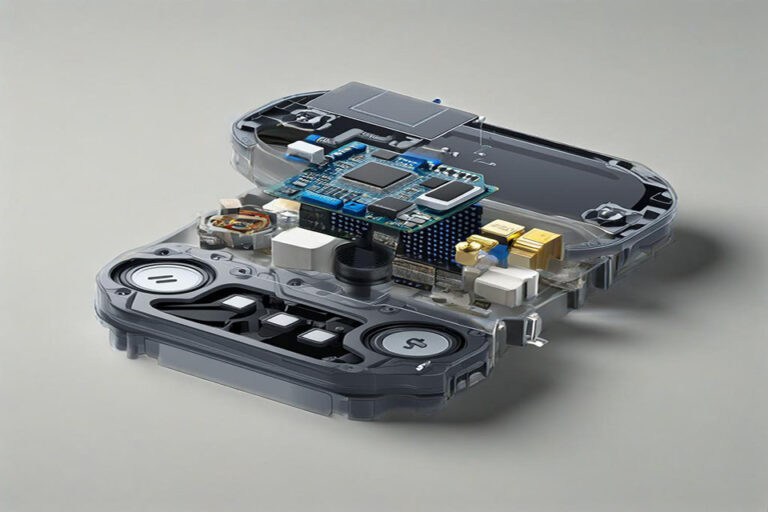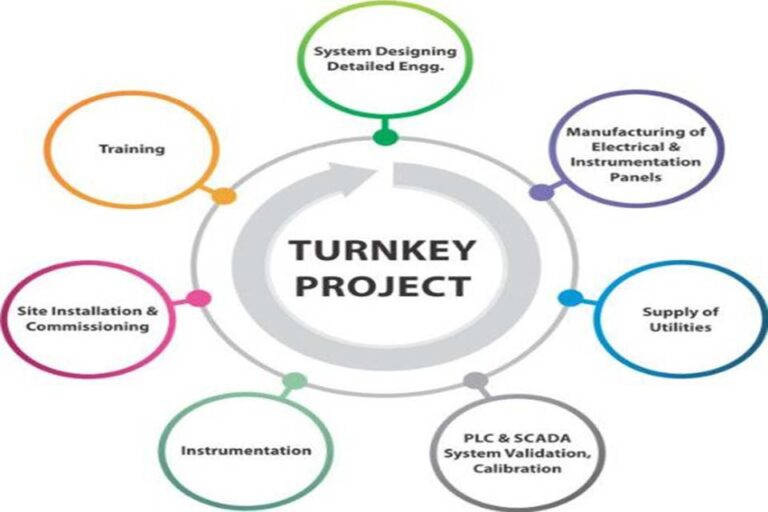
2025 Come analizzare l'impedenza e la perdita del PCB?
Introduzione
PCB impedance and loss are crucial for high-speed signal transmission. To analyze such complex transmission channels, we can examine their impact on signals through the impulse response of the transmission channel.
what is PCB Impedance and Loss?
A circuit’s impulse response can be measured by transmitting a narrow pulse. An ideal narrow pulse is one with infinitely narrow width and very high amplitude. When this narrow pulse propagates along a transmission line, it is stretched, and its shape is related to the line’s response. Mathematically, we can convolve the channel’s impulse response with the input signal to obtain the waveform of the signal after transmission through the channel. The impulse response can also be measured through the channel’s step response. Since the derivative of the step response is the impulse response, the two are equivalent.
It may seem like we’ve found a solution to the problem, but in reality, ideally narrow pulses or infinitely steep step signals do not exist. They are not only difficult to generate but also difficult to control accurately. Therefore, in actual testing, sine waves are often used to measure the frequency domain response, and the corresponding physical layer test system software is used to measure the time domain response.
Compared to other signals, sine waves are easier to generate and their frequency and amplitude accuracy are more easily controlled. A vector network analyzer (VNA) can accurately measure the reflection and transmission characteristics of a transmission channel at different frequencies using a sine wave sweep across a frequency range of up to tens of GHz, with a dynamic range exceeding 100dB. Therefore, VNAs are primarily used for modern high-speed transmission channel analysis.

How to Analyze PCB Impedance and Loss ?
The reflection and transmission characteristics of a sistema under test for sine waves of different frequencies can be expressed using S-parameters. S-parameters describe the DUT’s transmission and reflection characteristics for sine waves of different frequencies. If we can determine the reflection and transmission characteristics of a transmission channel for sine waves of different frequencies, we can theoretically predict the effects of a real digital signal passing through that channel. This is because, in the frequency domain, a real digital signal can be considered to be composed of many sine waves of different frequencies.
For a single-ended transmission line, there are four S-parameters: S11, S22, S21, and S12. S11 and S22 reflect the reflection characteristics of ports 1 and 2, respectively, for sine waves of different frequencies. S21 reflects the transmission characteristics of sine waves of different frequencies from port 1 to port 2, and S12 reflects the transmission characteristics of sine waves of different frequencies from port 2 to port 1. For differential transmission lines, since they have four ports, their S-parameters are more complex, totaling 16. Typically, a vector network analyzer with four or more ports is used to measure differential transmission lines and obtain their S-parameters.
Why Impedance and Loss so important ?
Obtaining these 16 S-parameters for the measured differential line reveals many important characteristics of the line. For example, the SDD21 parameter reflects the insertion loss of the differential line, and the SDD11 parameter reflects its return loss.
We can further obtain more information by performing an inverse FFT transform on these S-parameters. For example, transforming the SDD11 parameter yields a time-domain reflection waveform (TDR), which can reveal impedance variations along the measured transmission line. We can also perform an inverse FFT transform on the SDD21 results of the transmission line to obtain its impulse response, thereby predicting the waveform or eye diagram of digital signals at different data rates after passing through the differential line pair. This provides very useful information for digital design engineers.
Riepilogo
Thus, using a vector network analyzer (VNA) to measure digital signal transmission channels draws on RF microwave analysis techniques, enabling highly accurate channel characteristics within a frequency range of tens of GHz. Furthermore, by performing simple time-domain transformations on the measurement results, we can analyze impedance changes along the channel and their impact on actual signal transmission. This allows digital engineers to assess the quality of backplanes, cables, connectors, PCB, and other components at an early stage, eliminating the need to wait until signal problems arise before responding hastily.




